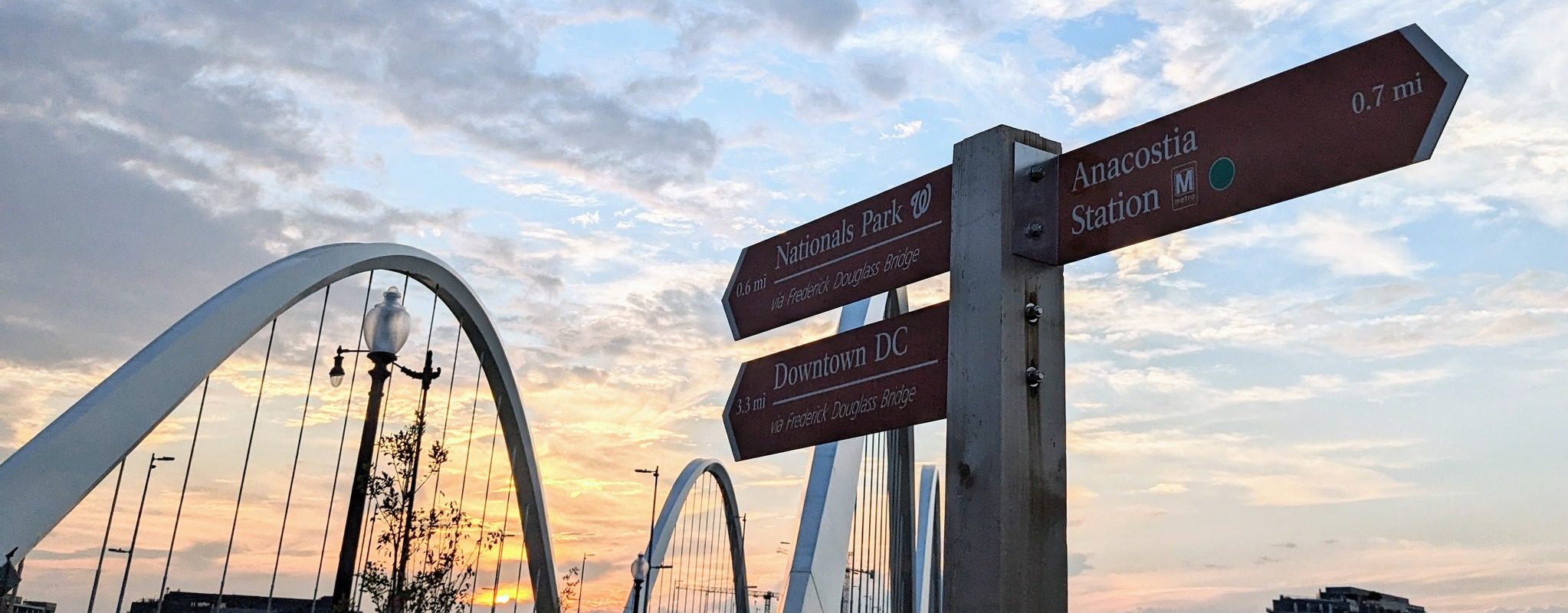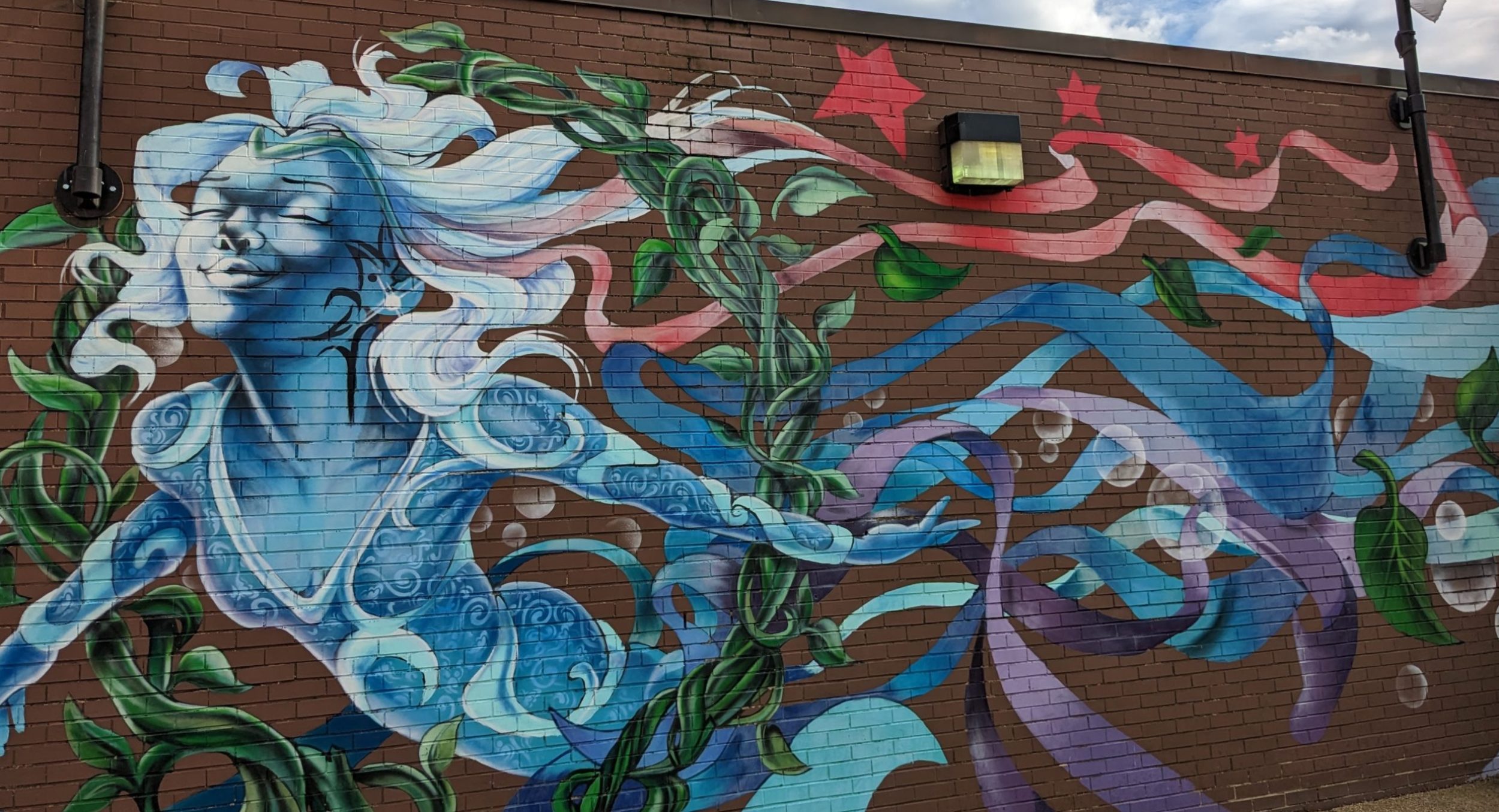
(map from www.cnn.com through Google’s Images site)
My husband and I stopped in El Salvador on our honeymoon in Central America. We’ve walked through Sao Paulo and Rio at night. An unscrupulous bus company once abandoned me in at a remote Cambodian border and I had to find my way to the nation’s capital, Phnom Penh.
None of this made me as wary as driving to Johannesburg, and driving in to visit a cultural area set up as a safe haven for tourists no less. Johannesburg has serious crime. It ıs one of the most violent cities ın South Africa, which a February BBC article said has more than 300 murders and violent attacks a day. The article called South Africa, Iraq and Colombia the three most dangerous countries on earth. Most of this crime occurs in the poorer areas, yet Johannesburg ıs one of the places in South Africa where tourists can easily get in trouble.
David and I were making a day trip into the city center from what he called the “Joburbs.” Much of the life of this city happens in its safe and often pleasant suburbs. The Johannesburg Stock Exchange moved to the Sandton suburb from the city center in 2000. The Joburbs have very nice shopping malls and look like suburban America, except with more homes surrounded by very high walls and crazier drivers of all colors on the roads.
I tried to help David navigate the drive into the city center. Trucks attempted to barrel into our lane. A highway sign appeared that belonged more in Celtic manuscript than posted on a major road. It was an incomprehensible tangle of loops. More distracting were the giant piles of earth standing in heaps visible from the main highway to Johannesburg. Huge hills of dirt, with some trees. David told me they are debris from gold mining.
Johannesburg was scratched from earth after the discovery of gold there in 1886. Prospectors flooded in, many from England. The gold rush triggered a U.K. war against the Dutch-descended farmers, Boers, who had moved to the area around Johannesburg decades earlier to avoid previous British takeovers in Africa.
Boer leader Paul Kruger refused to give political rights to foreigners working the gold fields, providing the plausible reason the U.K. needed to attack. The British were surprised by how hard the Boers fought, as Winston Churchill, then a war correspondent, reported:
would accept the inevitable. All I have heard and whatever I have seen out here contradict these false ideas.”
The war lasted from 1899 to British victory in 1902. The U.K. drew forces from its Australian and New Zealand colonies as well as British Isles ones to fight the farmers. You can sense the frustration of the British in their decision to “herd” Boer civilians into concentration camps, as the Encyclopedia Britannica puts it. The encyclopedia also says “more than 20,000 men, women, and children died as a result, causing international outrage.”
South Africa led by descendants of Boers went onto create the apartheid system, responsible for deaths and torture of black people. About 21,000 people later told a South Afrıcan commission after apartheid ended of how they had been tortured or lost children and spouses to the political violence surrounding South African government attempts to keep apartheid ın place, and attacks ın response by resıstance groups.
The government also cornered black citizens into areas known as townships and made them carry documents called native passes to limit their movement outside of the townships. These proved to be one of the biggest thefts of freedom ın the 20th century. They limited where blacks could work, learn and organize.
Old Postcards
Our trek into Johannesburg was worth it. The pictures shown below the interesting statues incorporated into the museum entrance. There was a good exhibit on the decades-long fight apartheid at the Museum of Africa, our main stop in the city. The exhibit gave some sense of how many black and white and Indian cıtızens of South Afrıca worked to end apartheid.
Another exhibit showed how fast Johannesburg developed during ıts gold rush and ın the century that followed. David called me over so we could look together at photographs of the new buildings rising up near the goldfields.
Thıs exhibit included old postcards arranged on tall glass sleeves, so visitors could see the front and back of them. It’s always as fun to read these old cards and wonder what was going on when the sender wrote the message. That afternoon, this guessing game also seemed a nice way to get a break from the sadness of the apartheid exhibit.
Was it courtship, for example, when a stamp collector from Johannesburg wrote in 1910 to a lady in the Cape Colony? The clear script on the card appears to say that it is from “J.W. Sunn, Philatelist.”
If Sunn was a philatelist, would stamps from the nearby Cape Colony be such a prize? Was this a pretext for Sunn to keep in touch with Miss Switgall? Or, maybe this was a polite and cool reply to an earlier card from Swtigall, who offered to send postings from the Cape Colony as a ruse, knowing of Sunn’s affection for stamps?
How did Sunn and Switgall get acquainted? Had they met? When? Where? Had Swann come to South Africa during the gold rush? More recently? I turned over the case to see the front of the card, wondering if there might be some clue.
It was a picture of Johannesburg’s “The New Native Pass Office.”

